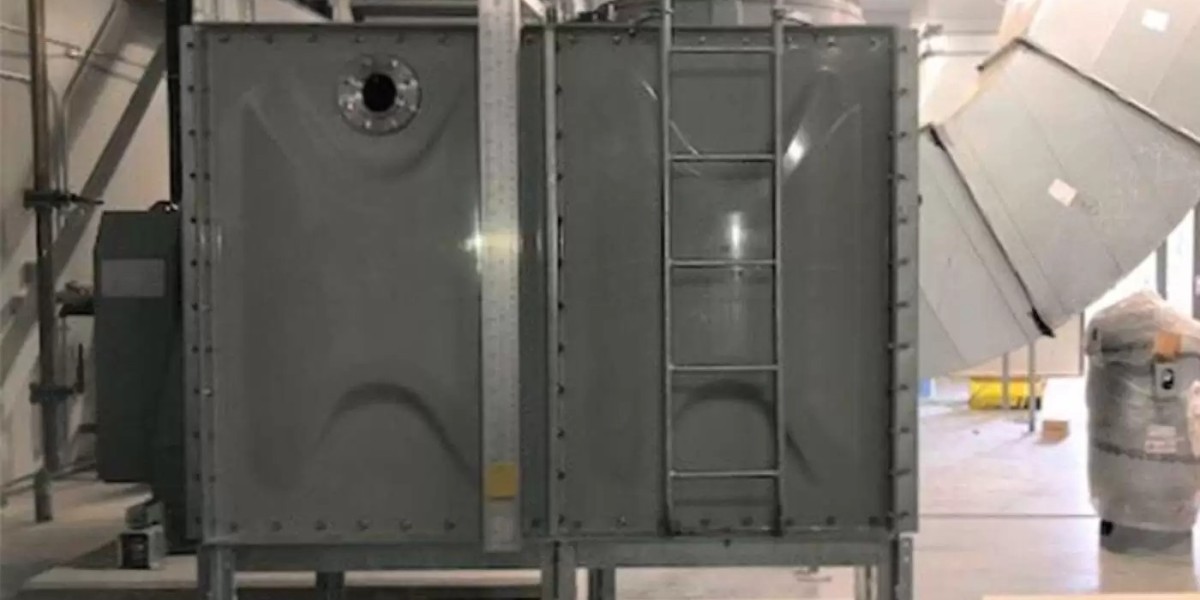Water storage containers are essential for various purposes, from emergency preparedness to regular household or industrial use. However, ensuring their longevity and the safety of the stored water requires proper maintenance. Neglecting care can lead to contamination, unpleasant odors, or structural damage. This guide will help you understand the key steps to maintain your water storage containers effectively.
1. Why Maintenance Matters
Proper maintenance of water storage containers ensures:
- Water Safety: Prevents contamination from bacteria, algae, and dirt.
- Longevity: Preserves the structural integrity of the container.
- Efficiency: Reduces the need for frequent replacements or repairs.
- Cost Savings: Prevents damage that could lead to costly replacements.
2. Regular Cleaning and Sanitization
a) Empty the Container
Start by completely draining the container. Remove any remaining water to ensure a thorough cleaning process.
b) Scrub the Interior
Use a non-abrasive brush and mild soap to scrub the inside of the container. This removes dirt, sediment, and algae buildup.
c) Disinfect the Container
Mix 1 teaspoon of unscented household bleach with 1 gallon of water. Use this solution to disinfect the interior. Let it sit for 10-15 minutes before rinsing thoroughly.
d) Rinse with Clean Water
Ensure all cleaning agents and disinfectants are thoroughly rinsed to avoid leaving harmful residues.
3. Inspect for Damage
a) Check for Leaks or Cracks
Inspect the container for any visible signs of wear and tear. Small cracks or leaks can escalate into significant issues if not addressed promptly.
b) Examine Fittings and Seals
Check the lids, caps, and fittings to ensure they are in good condition and securely sealed. Replace damaged parts to maintain a proper seal.
c) Inspect for Rust or Corrosion
For metal containers, look for rust or corrosion and treat it immediately with appropriate anti-rust solutions or coatings.
4. Preventing Contamination
a) Use Clean Water Sources
Always fill your container with water from a trusted, clean source to minimize contamination.
b) Install a Filtration System
Consider adding a filtration system to remove impurities before water enters the container.
c) Keep Containers Covered
Ensure the container is tightly sealed when not in use to prevent dirt, debris, and pests from entering.
d) Store in a Cool, Dry Place
If possible, place the container away from direct sunlight and heat to prevent algae growth and material degradation.
5. Schedule Regular Maintenance Checks
- Monthly Checks: Inspect for damage, check water quality, and ensure proper sealing.
- Annual Cleaning: Perform a deep cleaning and disinfection at least once a year.
6. Special Considerations for Different Materials
a) Plastic Containers
- Avoid exposing plastic to direct sunlight for prolonged periods to prevent UV degradation.
- Use BPA-free and food-grade plastic containers for potable water storage.
b) Metal Containers
- Apply protective coatings to prevent rust.
- Avoid storing corrosive liquids unless the container is specifically designed for them.
c) Fiberglass Containers
- Check for cracks or fiberglass splinters.
- Ensure proper sealing to prevent leaks.
7. Tips for Long-Term Water Storage
- Rotate Stored Water: If water is stored long-term, replace it every 6-12 months to maintain freshness.
- Add Water Preservatives: Use food-grade water preservatives to extend the shelf life of stored water.
- Label Containers: Clearly mark containers with the date of storage for easy tracking.
8. When to Replace Your Water Storage Container
Replace your container if:
- It has significant cracks or leaks.
- The material shows signs of degradation.
- It repeatedly fails to maintain water quality.
9. Conclusion
Proper maintenance of water storage containers is essential for ensuring safe and efficient water storage. By cleaning regularly, inspecting for damage, and following preventive measures, you can extend the life of your container and protect the quality of the water you store.
Whether for emergency preparedness, daily use, or industrial applications, a well-maintained water storage container is an investment in safety and reliability. Take the time to care for your container, and it will serve you well for years to come.










